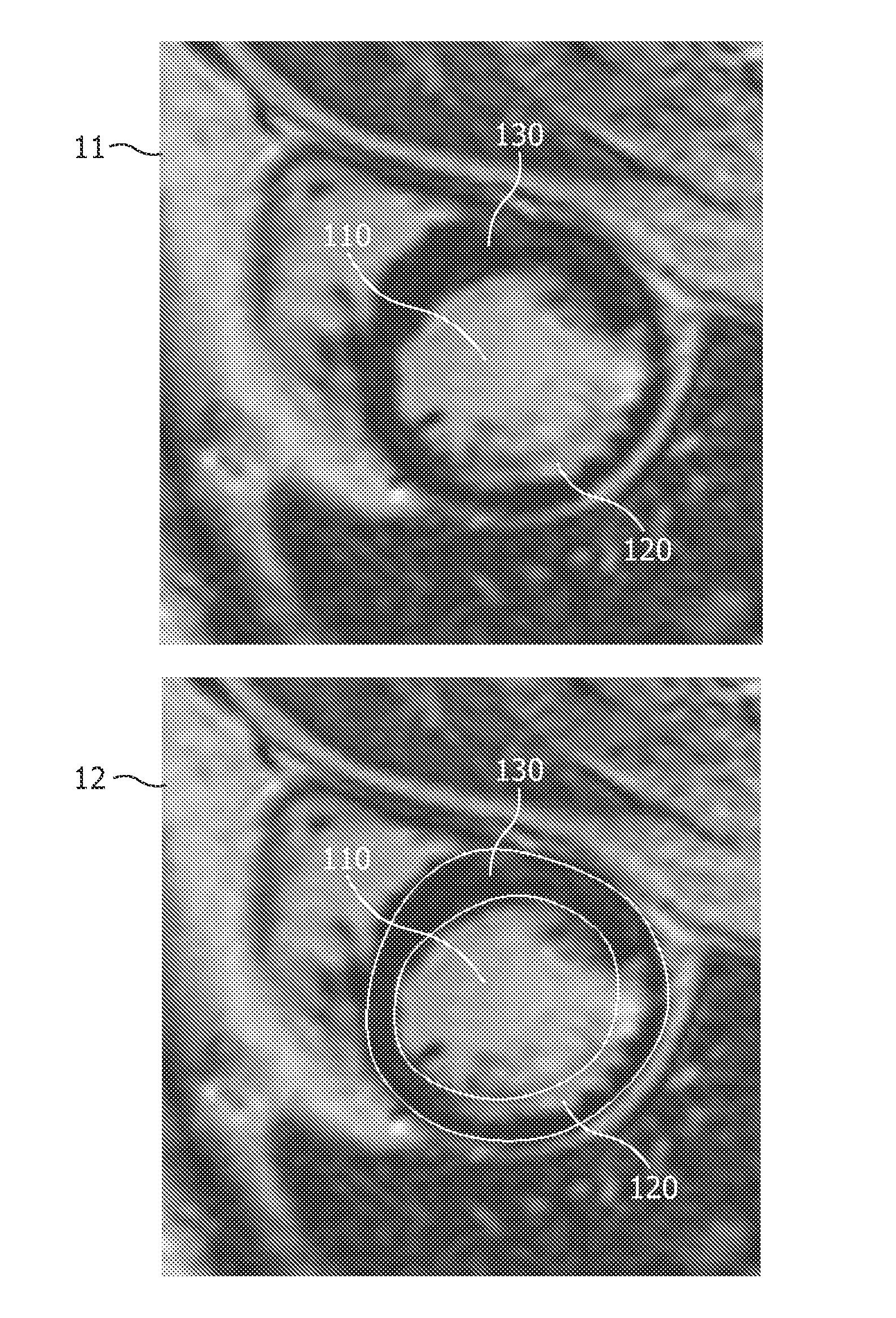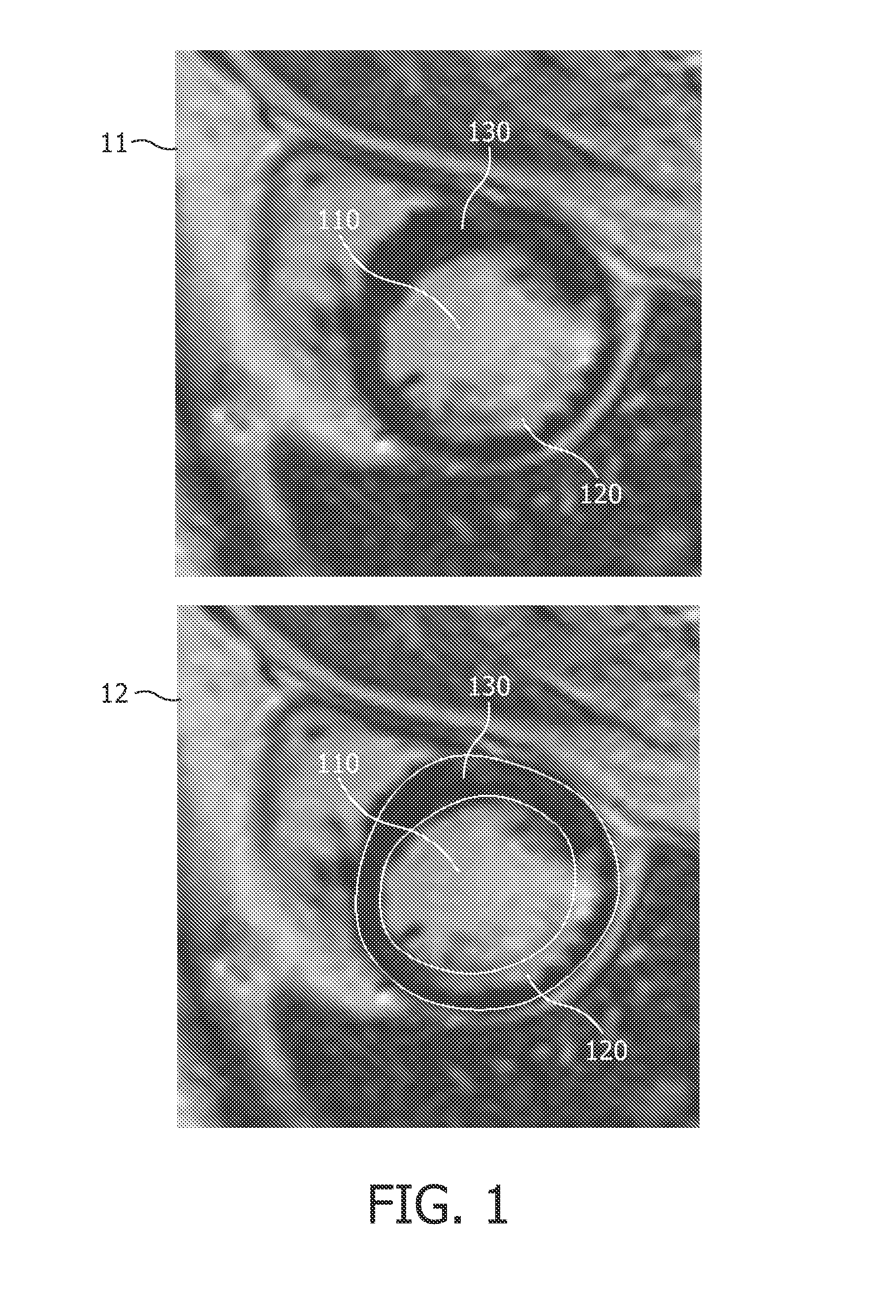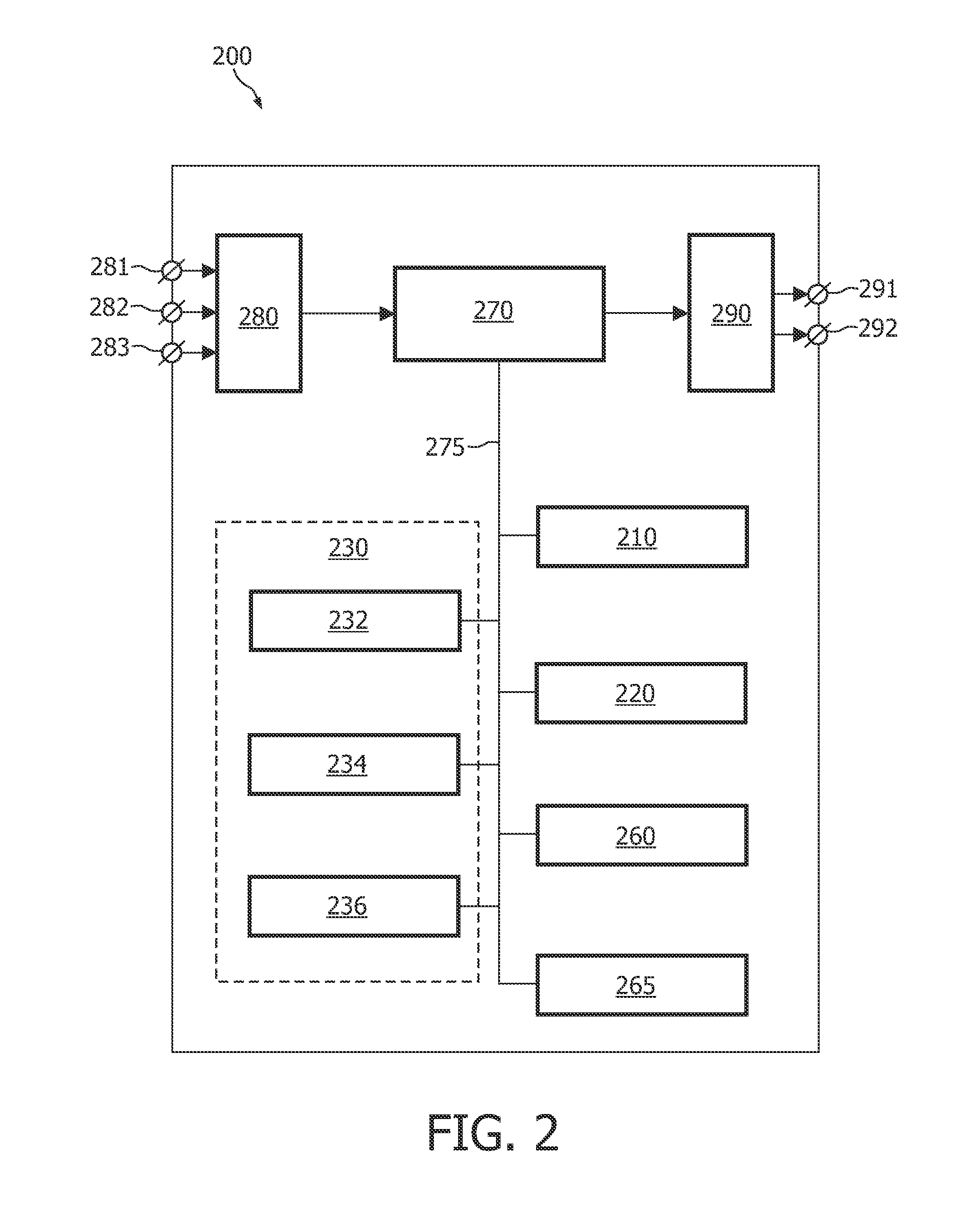Automatic 3-d segmentation of the short-axis late-enhancement cardiac MRI
a cardiac mri and short-axis technology, applied in the field of image segmentation, can solve the problems of difficult and time-consuming manual segmentation, difficult automatic myocardium segmentation, and rarely implemented in current commercial products, and achieve the difficulty of designing an automatic method to delineate the endo- and epicardial contours
- Summary
- Abstract
- Description
- Claims
- Application Information
AI Technical Summary
Benefits of technology
Problems solved by technology
Method used
Image
Examples
Embodiment Construction
[0045]FIG. 2 schematically shows a block diagram of an exemplary embodiment of the system 200 for delineating an anatomical structure in an image computed from a slice of image data, the system 200 comprising:
[0046]a partition unit 210 for partitioning the image into a plurality of image portions, each image portion depicting a portion of the anatomical structure; and
[0047]an adaptation unit 220 for adapting a template to the image, based on a criterion function, the criterion function being a function of template parameters and of image values and their relative positions in the image, and on a criterion to be satisfied by a computed value of the criterion function,
[0048]wherein the criterion function is defined on the basis of the plurality of image portions.
[0049]The exemplary embodiment of the system 200 further comprises the following units:
[0050]a registration unit 230 for registering a surface model with a plurality of templates, wherein each template is adapted to an image c...
PUM
 Login to View More
Login to View More Abstract
Description
Claims
Application Information
 Login to View More
Login to View More - R&D
- Intellectual Property
- Life Sciences
- Materials
- Tech Scout
- Unparalleled Data Quality
- Higher Quality Content
- 60% Fewer Hallucinations
Browse by: Latest US Patents, China's latest patents, Technical Efficacy Thesaurus, Application Domain, Technology Topic, Popular Technical Reports.
© 2025 PatSnap. All rights reserved.Legal|Privacy policy|Modern Slavery Act Transparency Statement|Sitemap|About US| Contact US: help@patsnap.com



